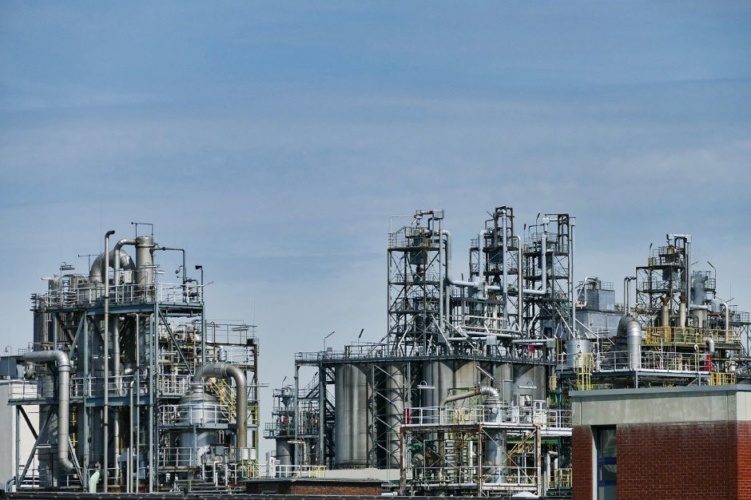
With the need to be purified to international standards, scientists are seeking to make wastewater free from hazardous substances like particles of oil.
Australian team uses electricity to clean up industrial wastewater
Now, researchers from St-Blaise, Switzerland-based Alpes Lasers have teamed up with a group of oil industry partners and academic institutes to create an ultrafast sensor that will make toxic wastewater harmless by detecting the tiniest concentrations of oil and suspended solids in water.
Improving its detection rate using AI and machine learning, this new laser system will continuously monitor water in a live setting without the need for sampling or preparation.
The team said the sensor will use hyperspectral imaging to detect microscopic pathogens that are indistinguishable to the human eye or conventional imaging methods.
Harmful 'wastewater' by-products are created when crude oil is processed, distilled and refined to make fuels including diesel, kerosene, and liquefied petroleum.
Producing cooling water, process water, storm water, and sanitary sewage waters, oil refineries have sought to reduce the number of dangerous by-products by monitoring the wastewaters at critical stages in their refining processes.
The new light-based analyser looks to place fewer pollutants into the environment during oil refining while simultaneously optimising core processes in water extraction from crude oil by 10 per cent.
Although current techniques use acoustics to identify all the constituents in crude oil, some dangerous elements may still be present in wastewater.
The Hydroptics project is developing what is claimed to be the most sensitive and one of the first water analysers to use Quantum Cascade Laser Frequency Combs. Quantum Cascade Lasers Frequency Combs are novel laser sources that provide equidistant coherently linked optical modes in the mid-IR range, and are used in spectroscopy applications.
In a statement, project coordinator, Dr Antoine Muller said: “The Hydroptics project is creating a highly accurate oil-in-water analyser based on cutting edge mid-IR light sources and spectroscopy techniques.
“Our highly sensitive analyser will optimise several critical stages in oil production as well as control downstream processing routines for final mineral oil product development.
“Frequency Comb Quantum Cascade Laser source will enable scientists to rapidly measure the area of the absorption peak related to deformation vibration of the methyl groups.”
Quantum Cascade Lasers can be used to measure the oil content in water, but this requires a reference sample that can take several hours to prepare. In contrast, the Hydroptics device will deliver measurements in minutes.
“Our scientists at Hydroptics are using two lasers to continuously monitor the oil-in-water content for long periods, which is not possible with current techniques that use a single laser,” said Project coordinator, Dr Sargis Hakobyan. “We are also developing machine learning techniques to collect and analyse data to refine the extraction process.”
The EU is the second-largest producer of petroleum products in the world after the United States, with a crude refining capacity of about 15 million barrels per day, or 16 per cent of total global capacity.
“Essentially, Hydroptics will enable Europe’s oil industry to have a better yield with less waste, to have a by-product we can re-use while having a positive environmental impact,” said Dr Hakobyan.
The consortium expects to have a prototype ready by 2023.




Glasgow trial explores AR cues for autonomous road safety
They've ploughed into a few vulnerable road users in the past. Making that less likely will make it spectacularly easy to stop the traffic for...